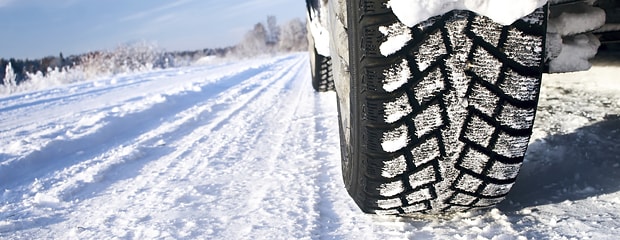
If your car is sliding, it means you’re going too fast for the weather. Driving at 45mph or less on ice or snow and avoiding sudden braking and acceleration is a great idea. You will not have to worry about correcting anything if you drive at a safe speed.
The more quickly you move, the more difficult it is to correct a slide. Most slides or fishtails that occur at speeds greater than 45mph (70km/h) require rapid and precise steering to fix and are beyond most drivers’ ability to manage successfully.
Both over-steer and under-steer are types of slides that can occur on ice roads. However, over-steer is the more common cause of collisions. With over-steer slide correction, there are three things to keep in mind:
- Avoid slamming on the brakes: Braking causes slides to form and exacerbates existing ones.
- Change into a slide: Turn your wheels in the same direction as the vehicle’s back end is slipping.
- Don’t get worked up and don’t over-correct: Over-correcting may cause the car to spin out of control.